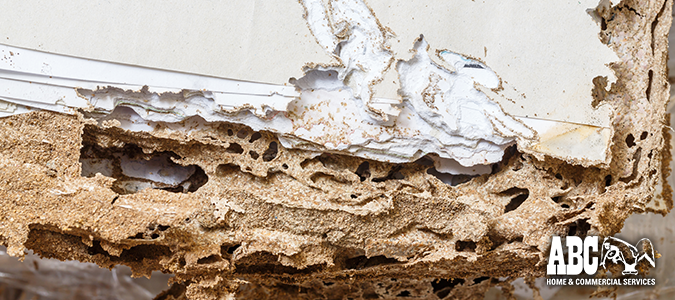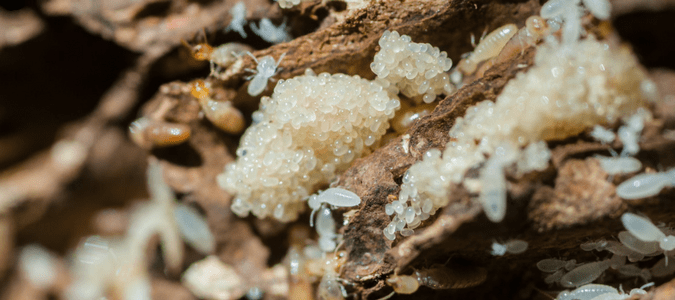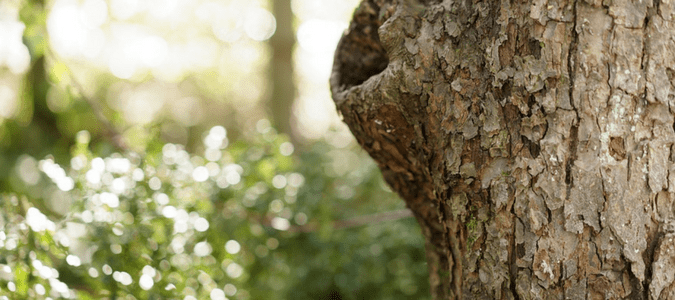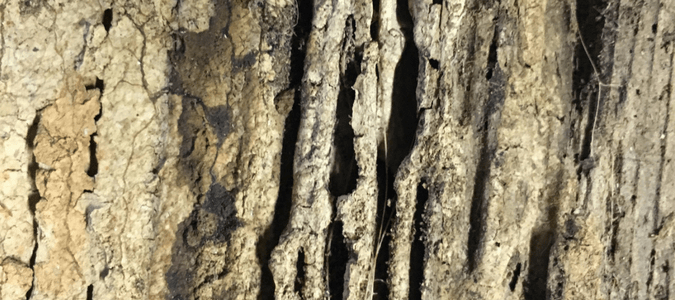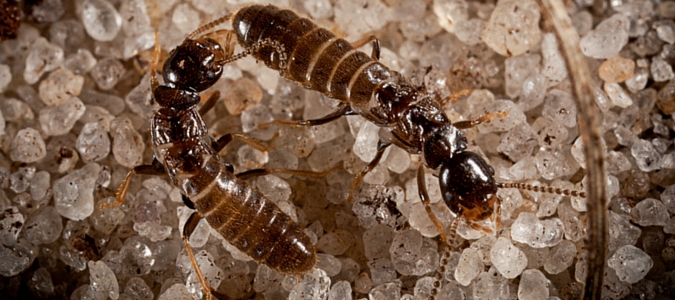What You Need to Know About Drywood Termites
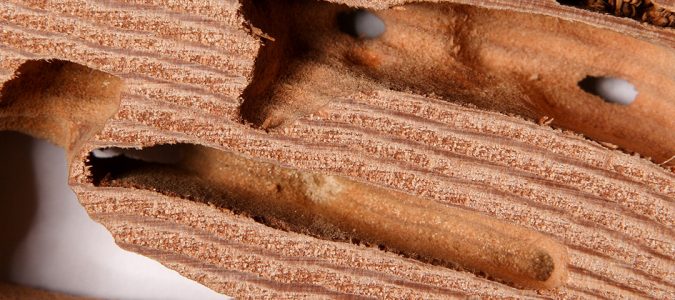
Termites are easily one of the most expensive types of pest infestations that can plague your home. They can chew away at important structures undetected for weeks and cause major damage to your property.
The best way to help prevent termite damage is to become more educated about the pests causing it. Here is our comprehensive guide covering what you need to know about drywood termites from ABC Home & Commercial Services.
What Do Drywood Termites Look Like?
Unless you are an extermination expert, correctly identifying insects can be tricky and confusing. Sometimes it can help to compare the insects on your property to pictures on the internet, but many species have a range of different colors and sizes that are considered normal. Here are some of the key characteristics of drywood termites to help you identify them.
- Size – Drywood termites differ in size according to their role in the colony. Soldier termites … Read Full Post »
